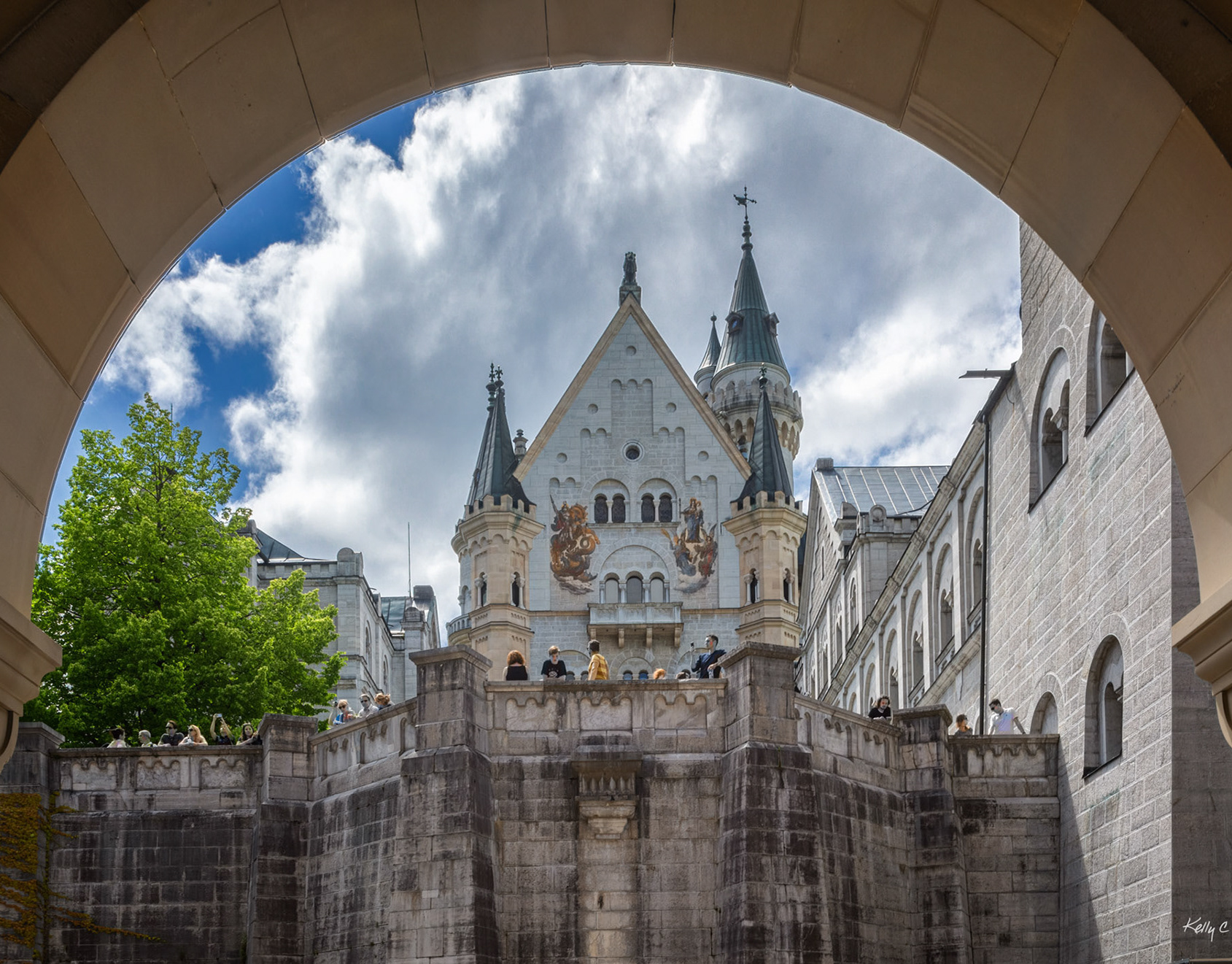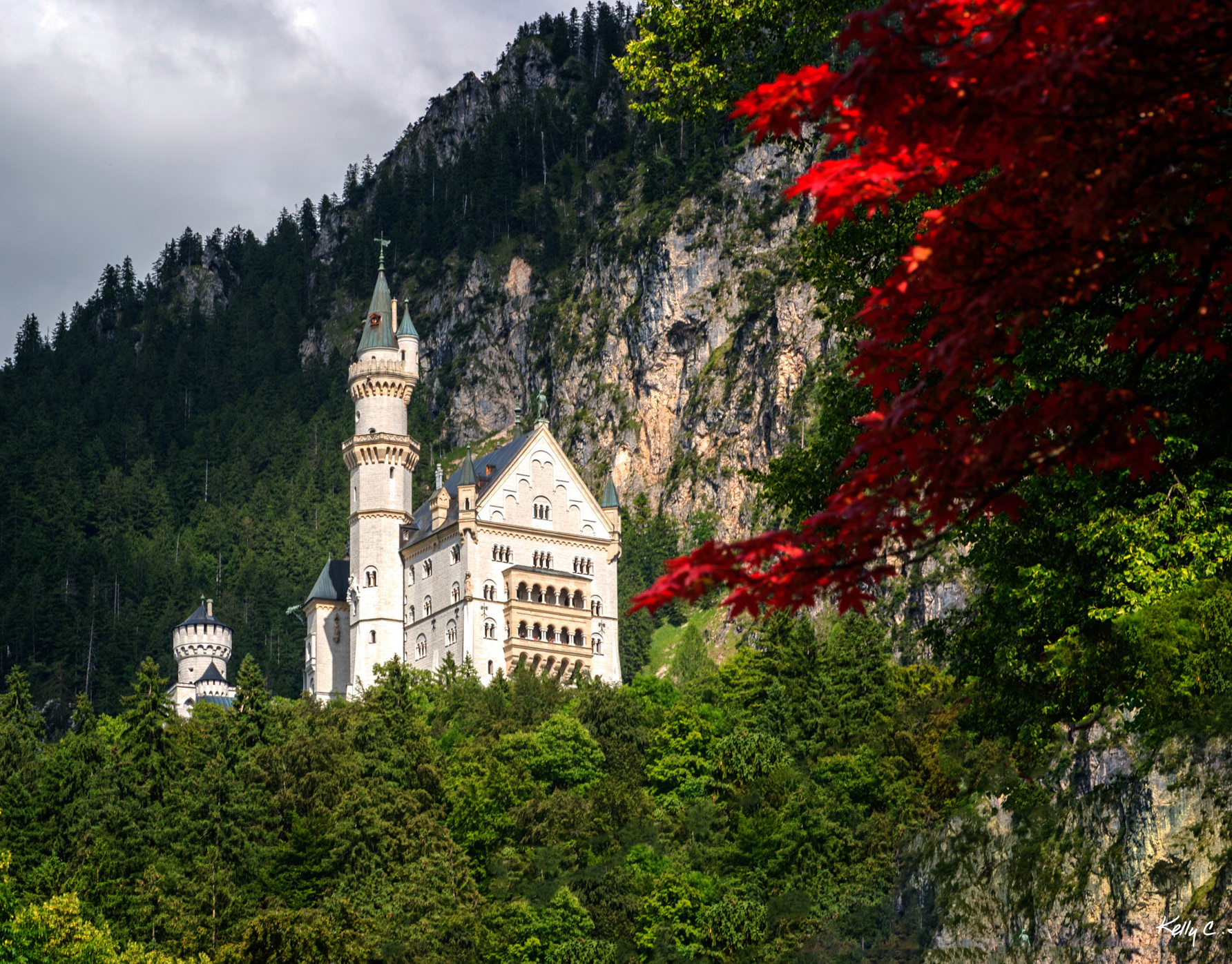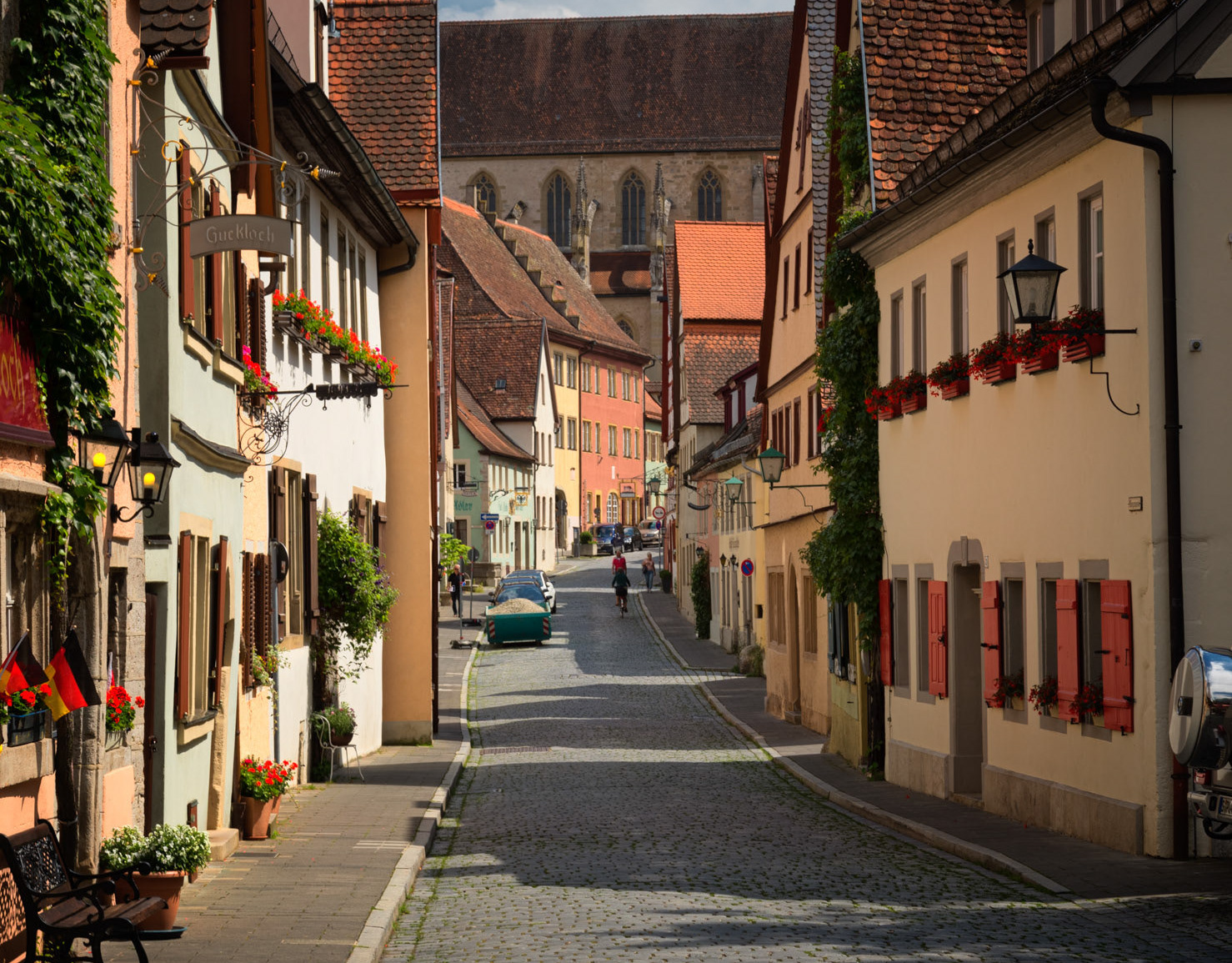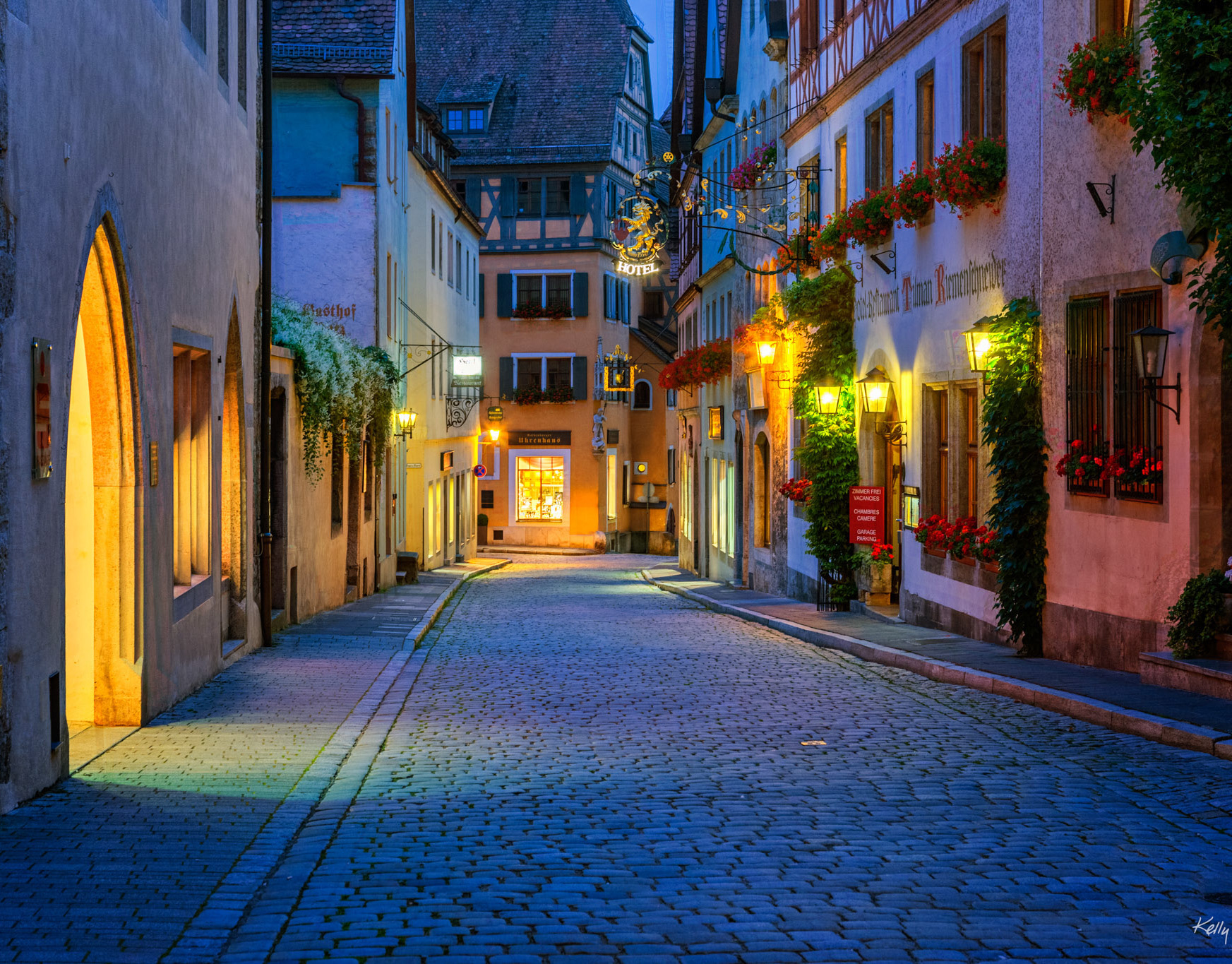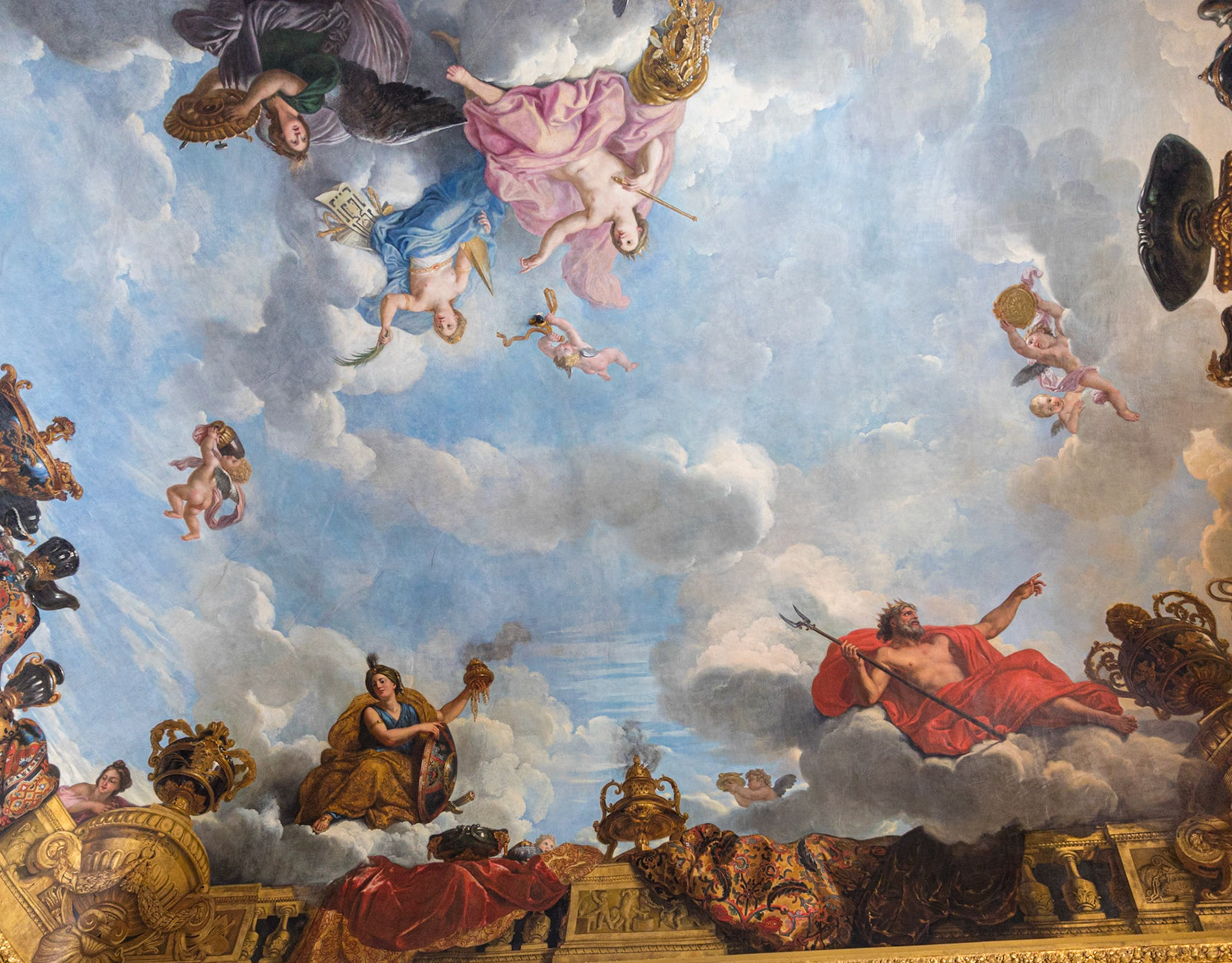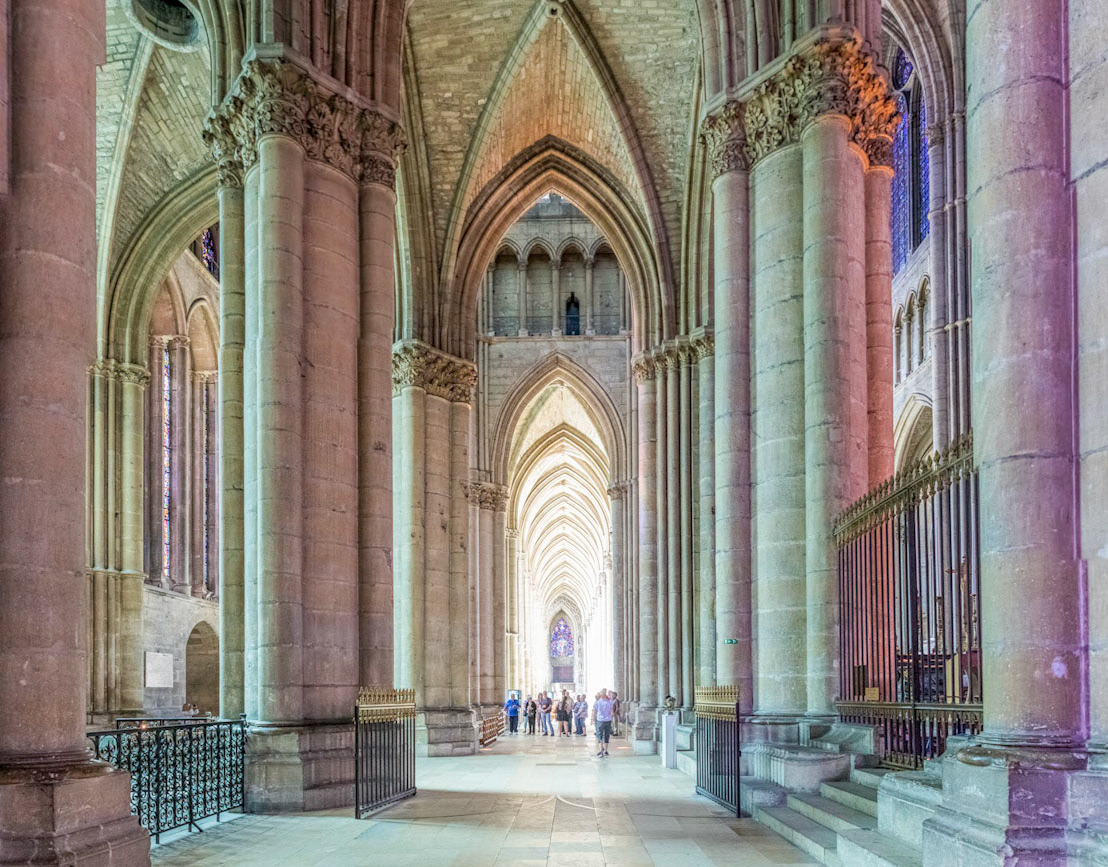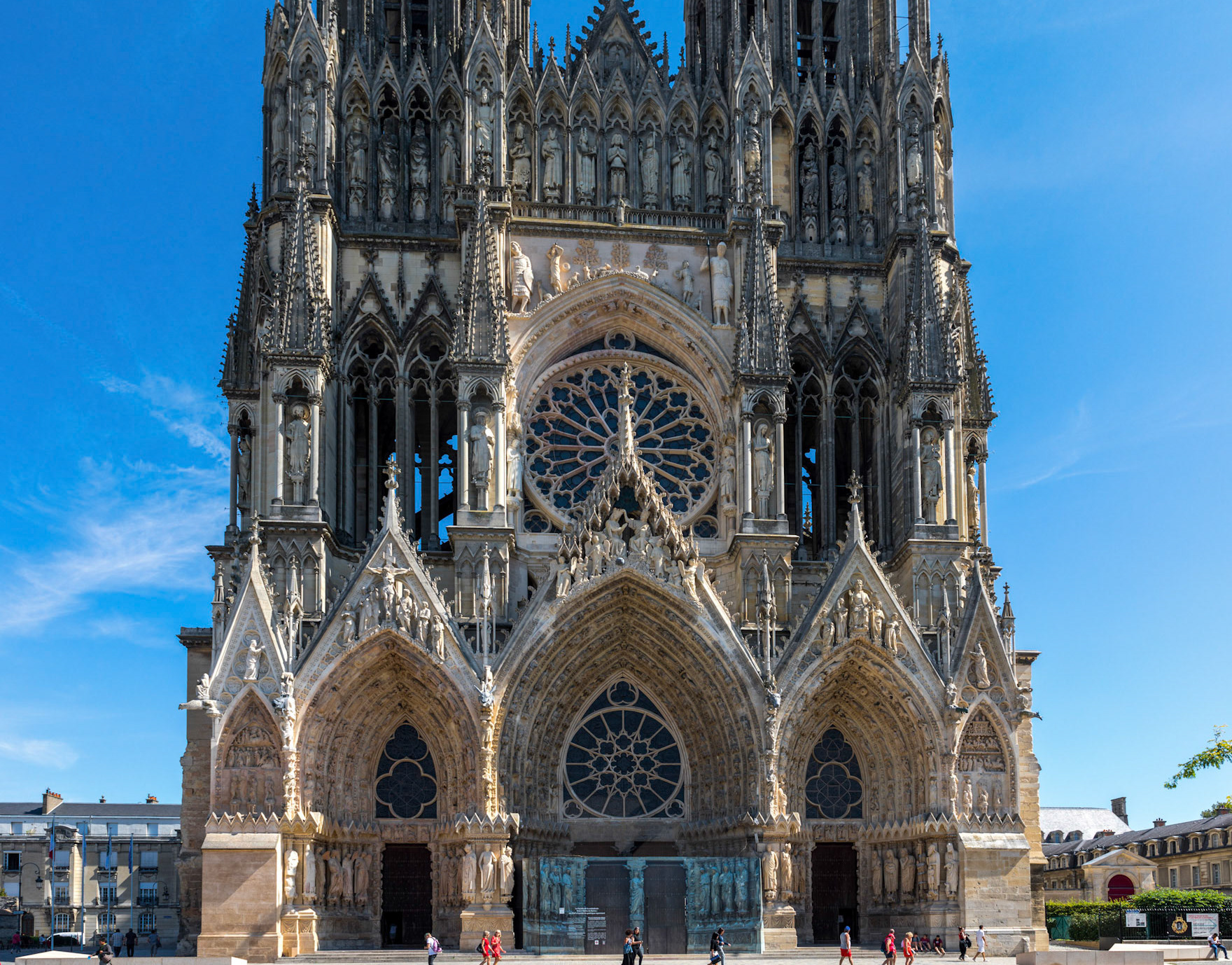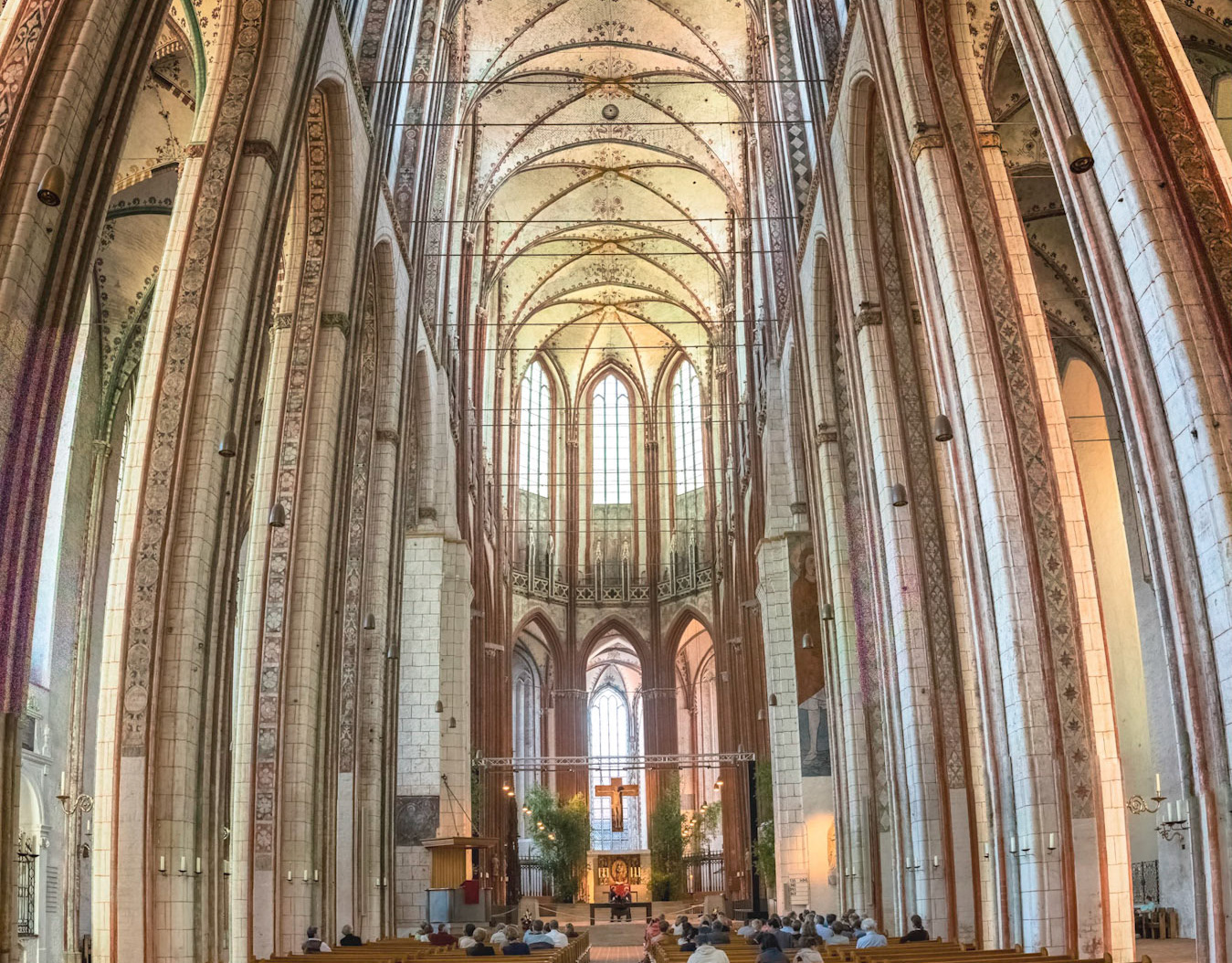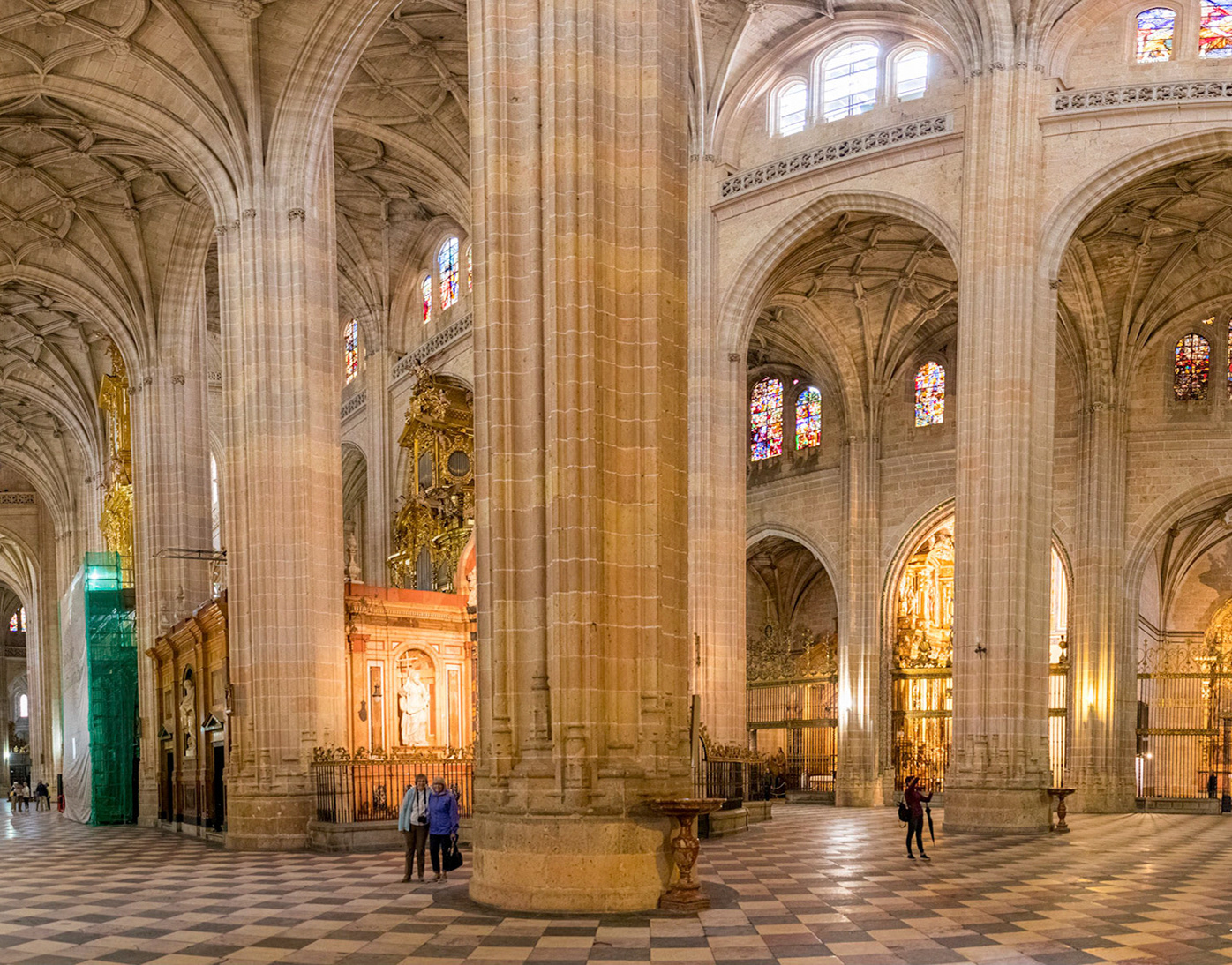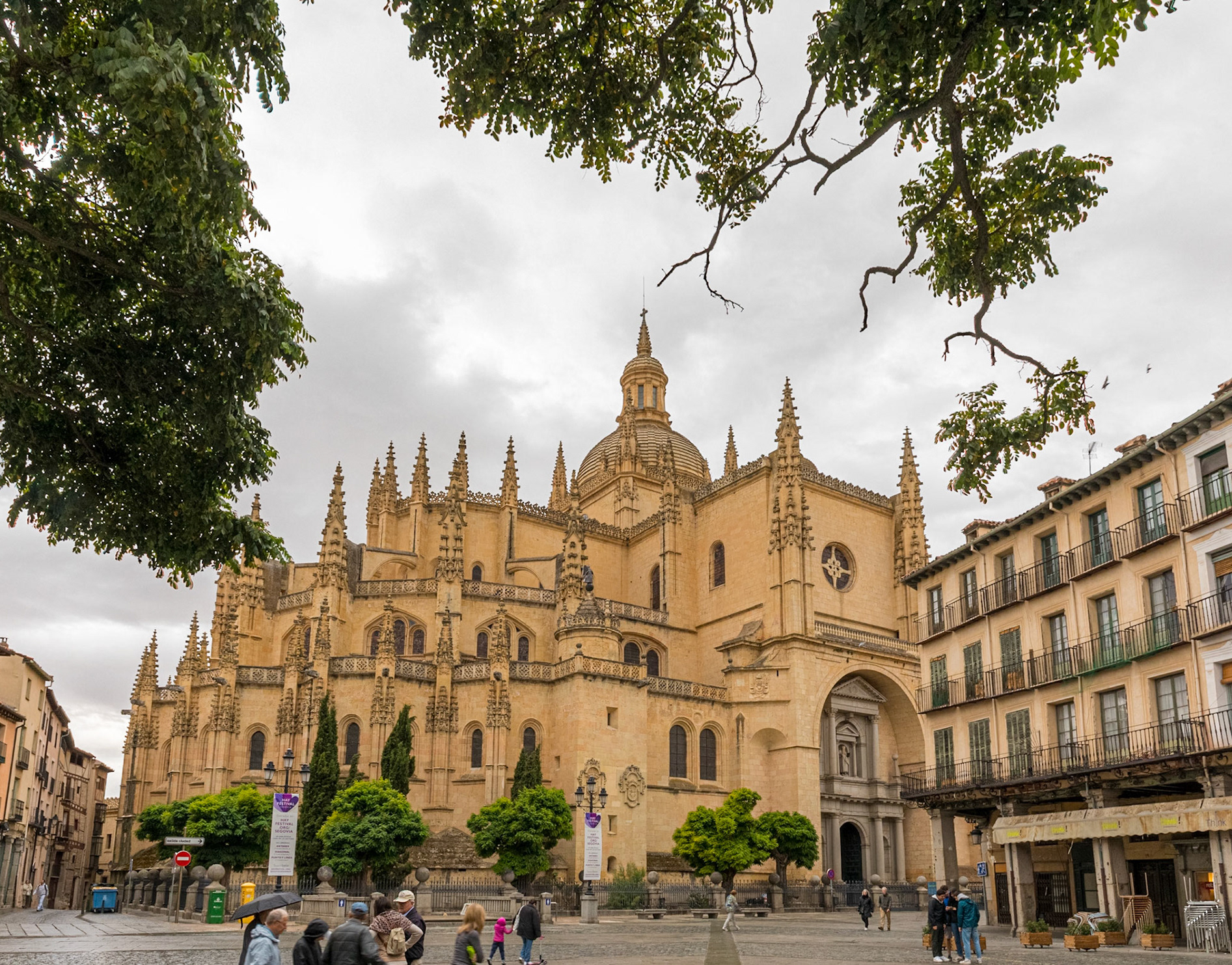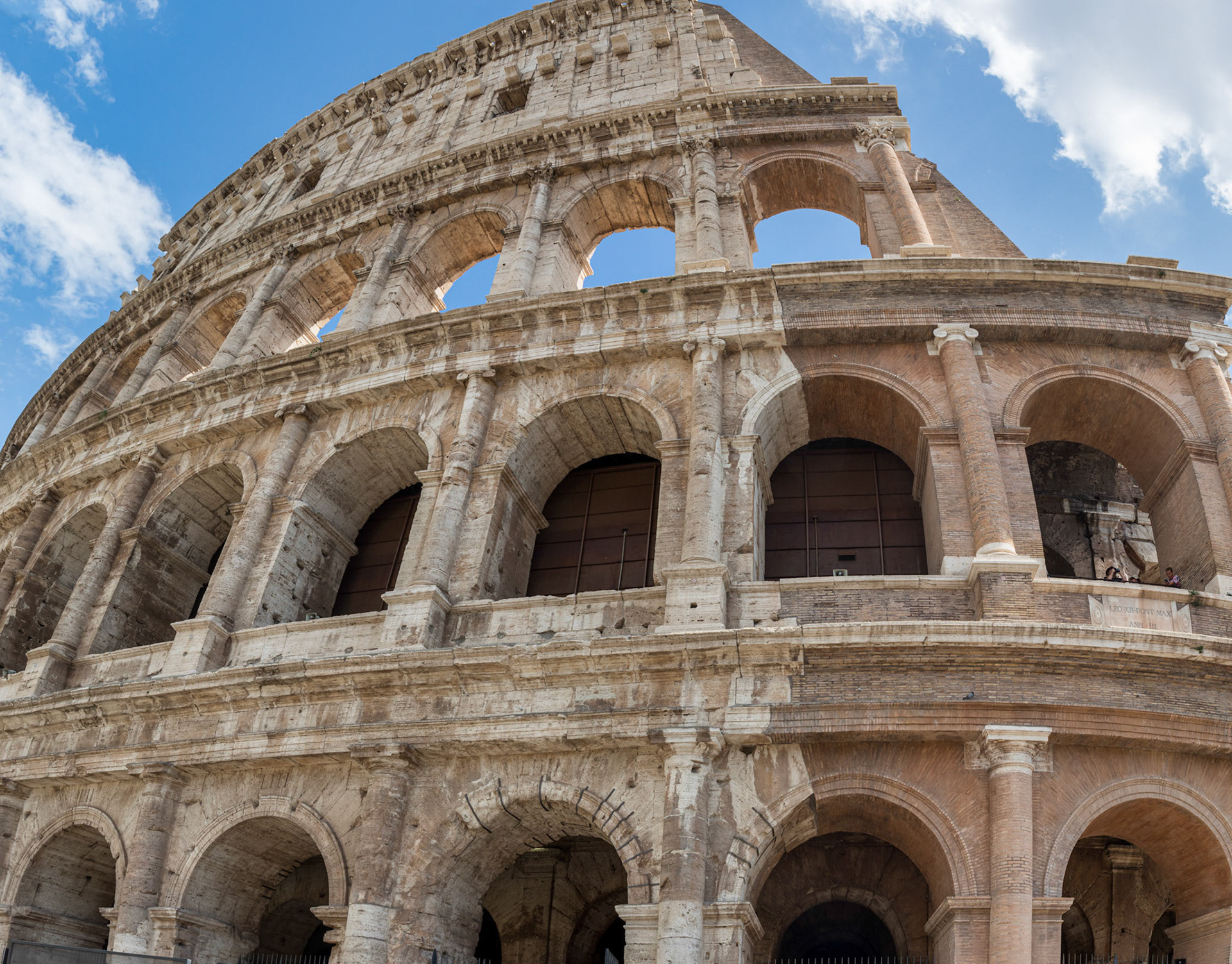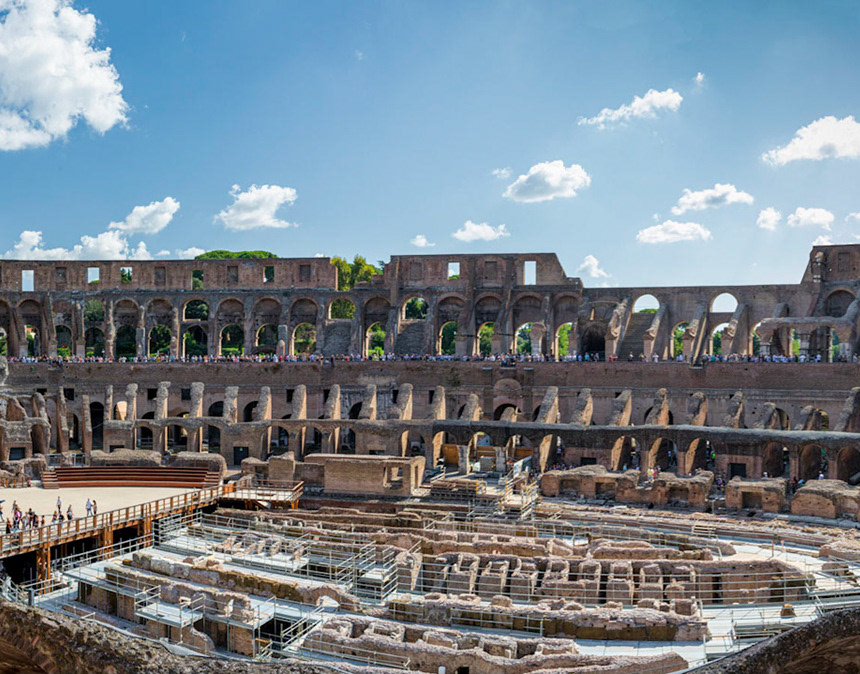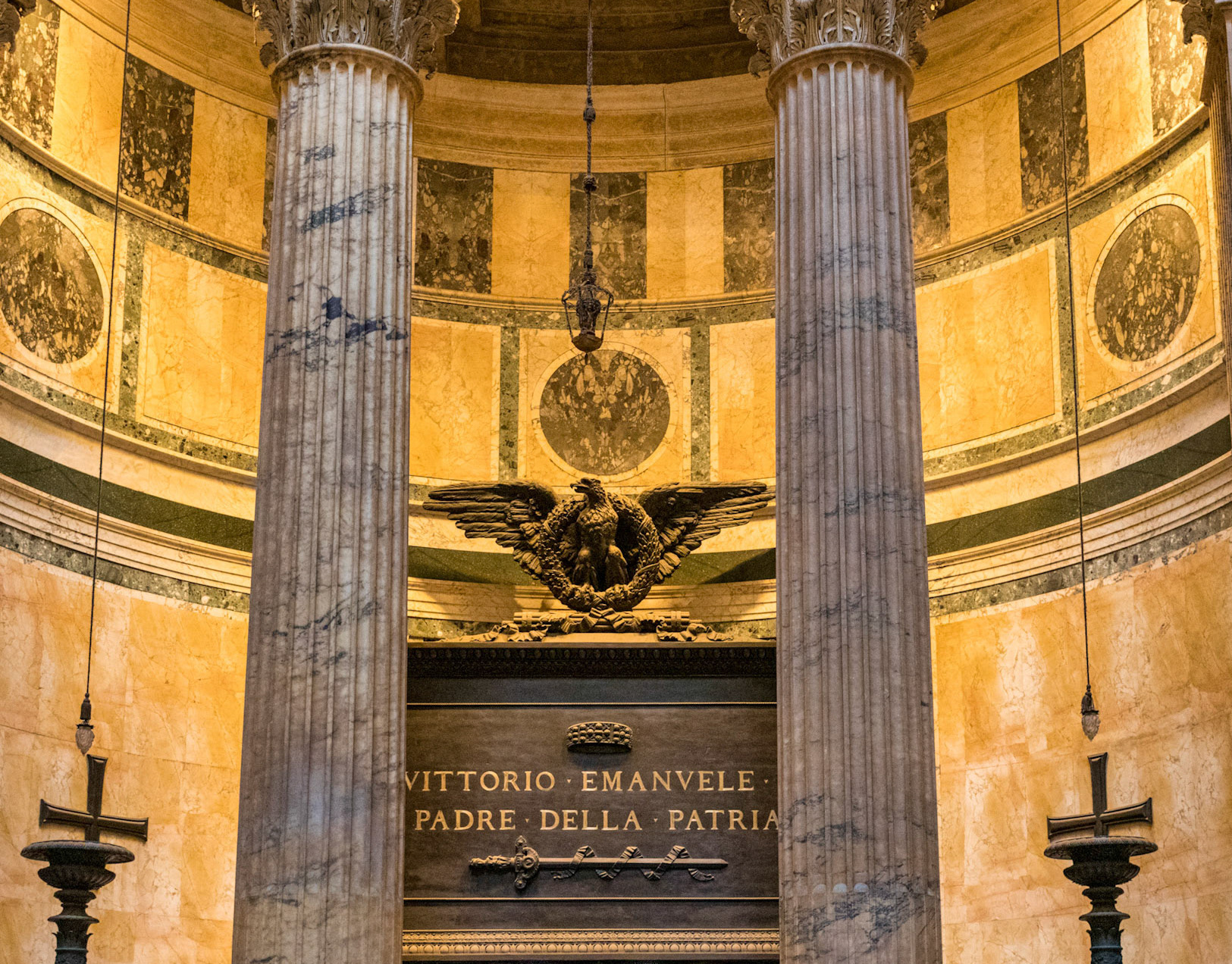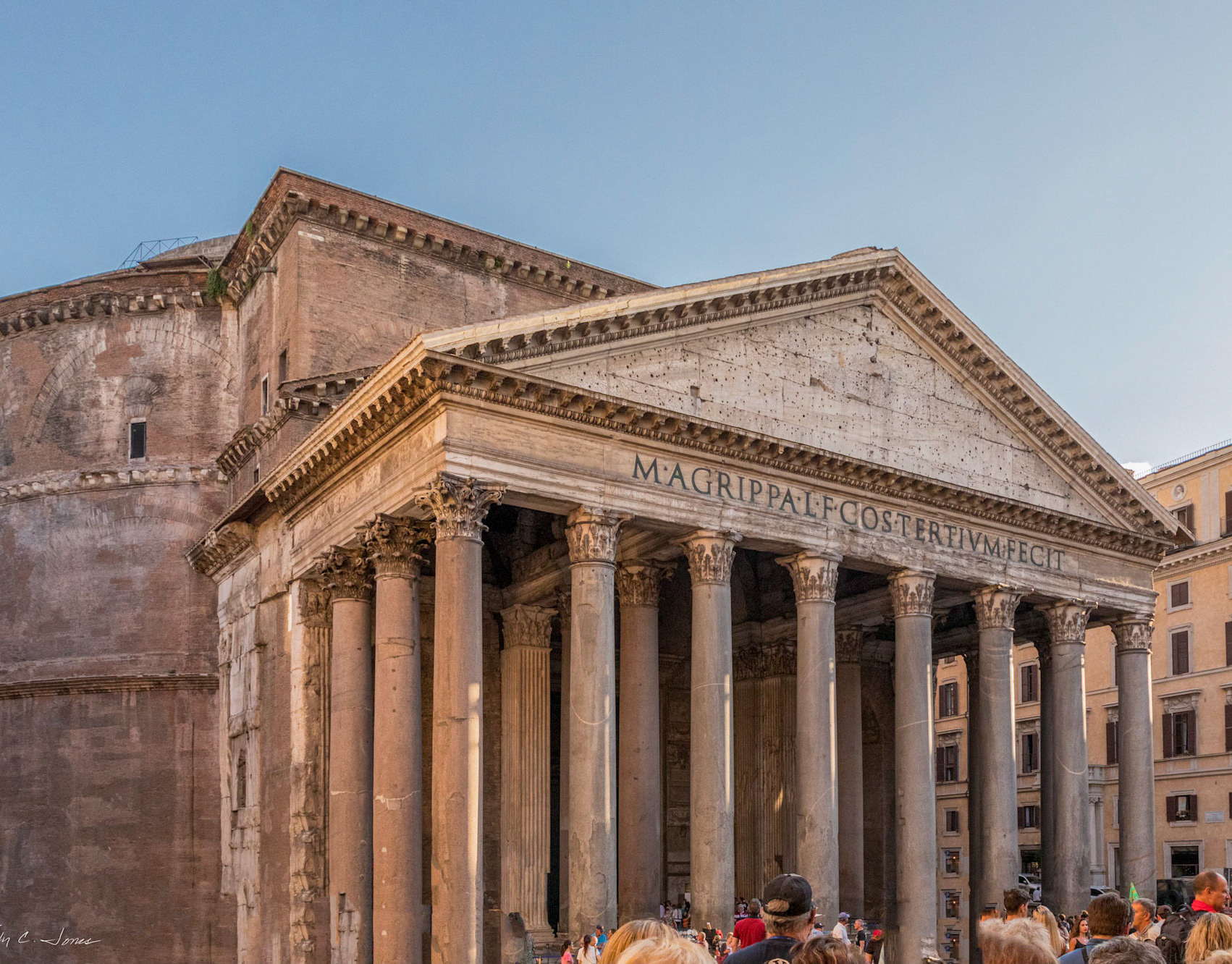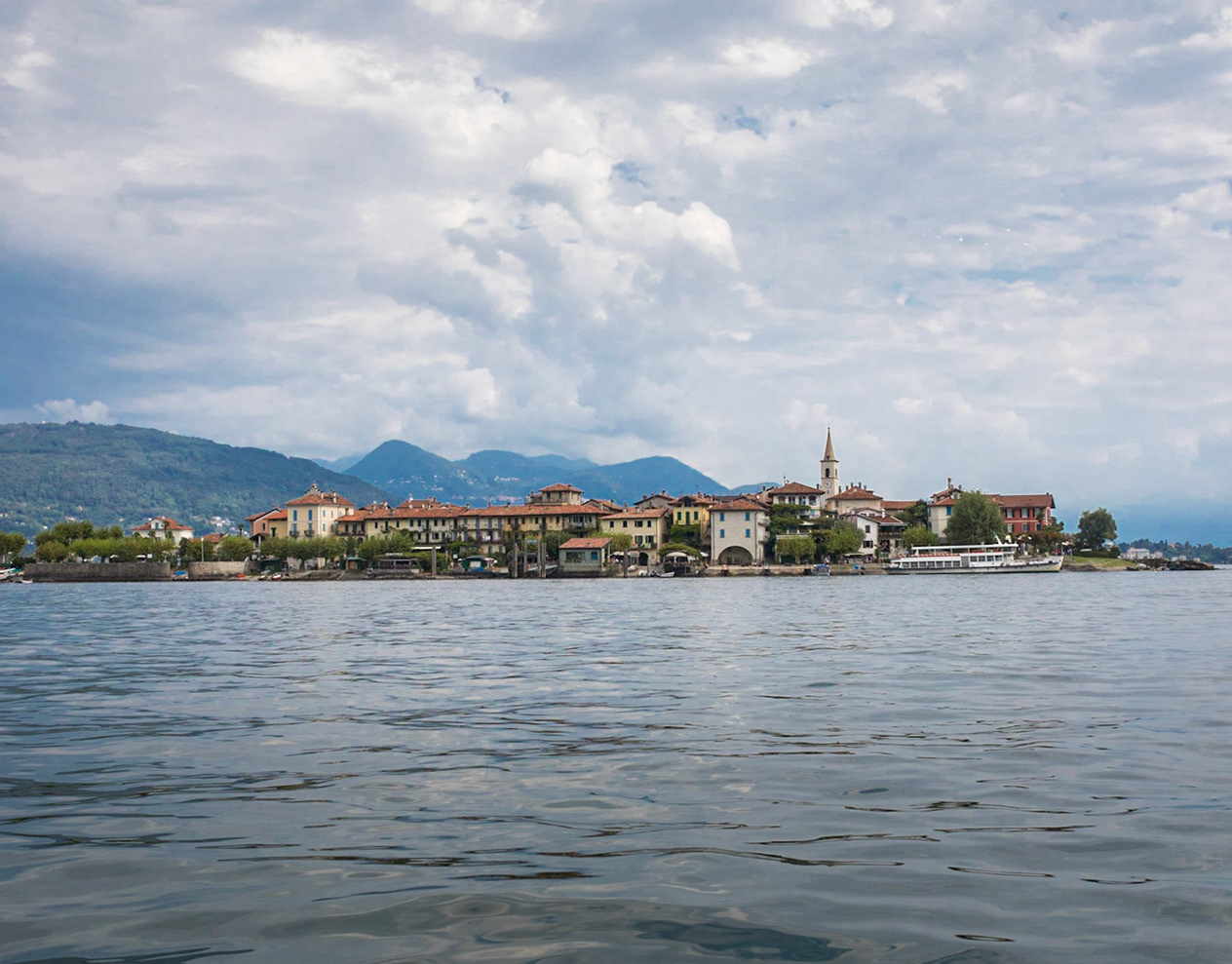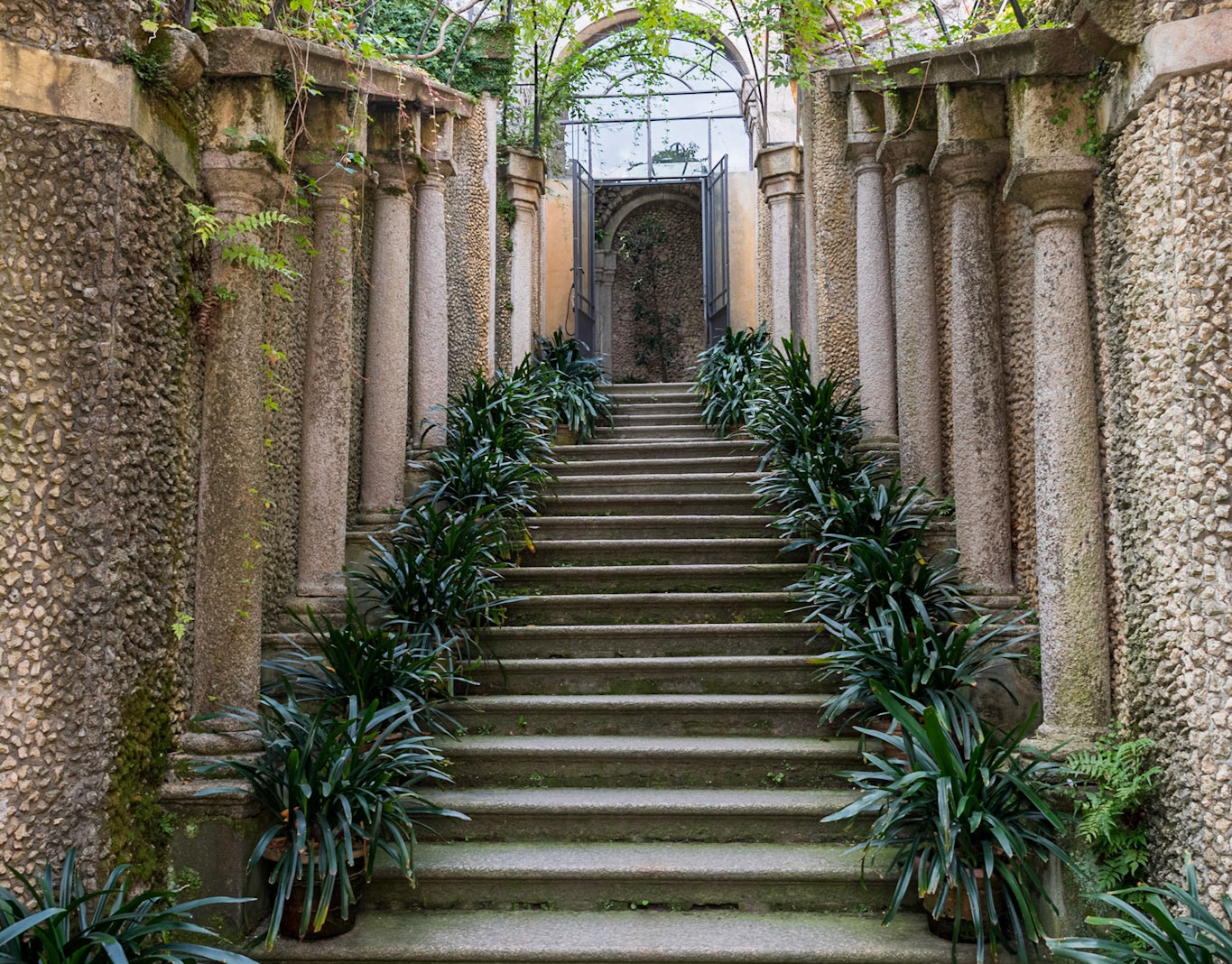The Church of Our Lady, Copenhagen’s Cathedral, has been rebuilt four times. It was originally constructed in 1209 out of limestone. It burned down and was reconstructed in 1316, then burned again in 1728. The third church was rebuilt in 1738 and was destroyed in 1807 by the British during the bombardment of Copenhagen during the Napoleanic wars. The Pantheon in Rome was a model for the fourth church, including the front pediment supported by columns.
The caption above reads: "This is my beloved son, hear him". The one below is, "Come to Me".
Thorvaldsen was born in Copenhagen in 1770 and accepted to the Royal Danish Academy of Art at age 11. He went to Rome to continue his education in 1796 and there developed a large sculpture workshop. In 1819 he visited Denmark and was commissioned to make the statues of Christ and the twelve apostles for the fourth church which was replacing the church destroyed in 1807. After Thorvaldsen returned to Rome he started to work on those pieces and did not finally complete them until just before he returned to Denmark in 1838, at age 68, bringing the finished pieces, as a national hero. Christ, or the Christus, is placed in front of the chancel.
A composite of Thrvaldsen's original statues of the Christus and 12 apostles (displayed in the Church of Our Lady - Copenhagen, Denmark), around a reflecting pool, with a sunrise at the Sea of Galilee in the background.
Christus and apostles in Rome temple visitor's center.
Peter is represented with crossed keys representing the authority given him by Christ. Boyd K. Packer relates that in 1976 he was with Spencer W. Kimball, then President of the LDS Church, at a conference in Copenhagen. President Kimball invited a small group to the Church of Our Lady to see the Christus. While standing near the statue of Peter, depicted as holding keys in his hand, President Kimball turned to Johan H. Benthin, President of the Copenhagen Stake, and told him, “I want you to tell every prelate in Denmark that they do not hold the keys! I hold the Keys!” (“The Shield of Faith,” Ensign (CR), May 1995, p. 7)
John has a book and an eagle. The eagle may represent his evangelism and the book may represent the book of Revelation which he is said to have written on the Isle of Patmos, as well as the Gospel of John.
James (son of Alpheus) was said to have been killed when struck in the head by a fuller’s pole.
Andrew with a white beard leaning on a saltire, which is an X-shaped cross. Andrew was killed in modern-day Patras, in western Greece in the Peloponnesus, preaching until he died while bound to a cross. The X-shaped cross story arose in the Middle Ages.
Bartholomew was killed in Armenia by being flayed alive. He is believed to have spread the gospel in Lycaonia (southern Asia Minor), India and Armenia (east of Turkey and northwest of Iran). He is represented with a flaying knife because of how he was martyred.
Simon Zelotes, or Simon the Zealot, is represented with a saw because one tradition has him killed by being sawn in half at Suanir, Persia.
James the Great is represented with a pilgrim staff (as patron of pilgrims).
Jude (Thaddeus) is represented with a broad axe because he is said to have suffered martyrdom.
Matthew is accompanied by an angel dictating his Gospel.
Paul, who replaces Judas Iscariot, is often represented with a bushy beard and with a sword. The sword represents the spirit and it may also represent his martyrdom, as tradition has his death by beheading in Rome.
Philip is represented with a Latin cross, a cross with a longer descending arm, representing the cross of Jesus’ crucifixion.
Thomas stands with a carpenter's square which stands for the church Thomas is said to have built with his own hands in India.
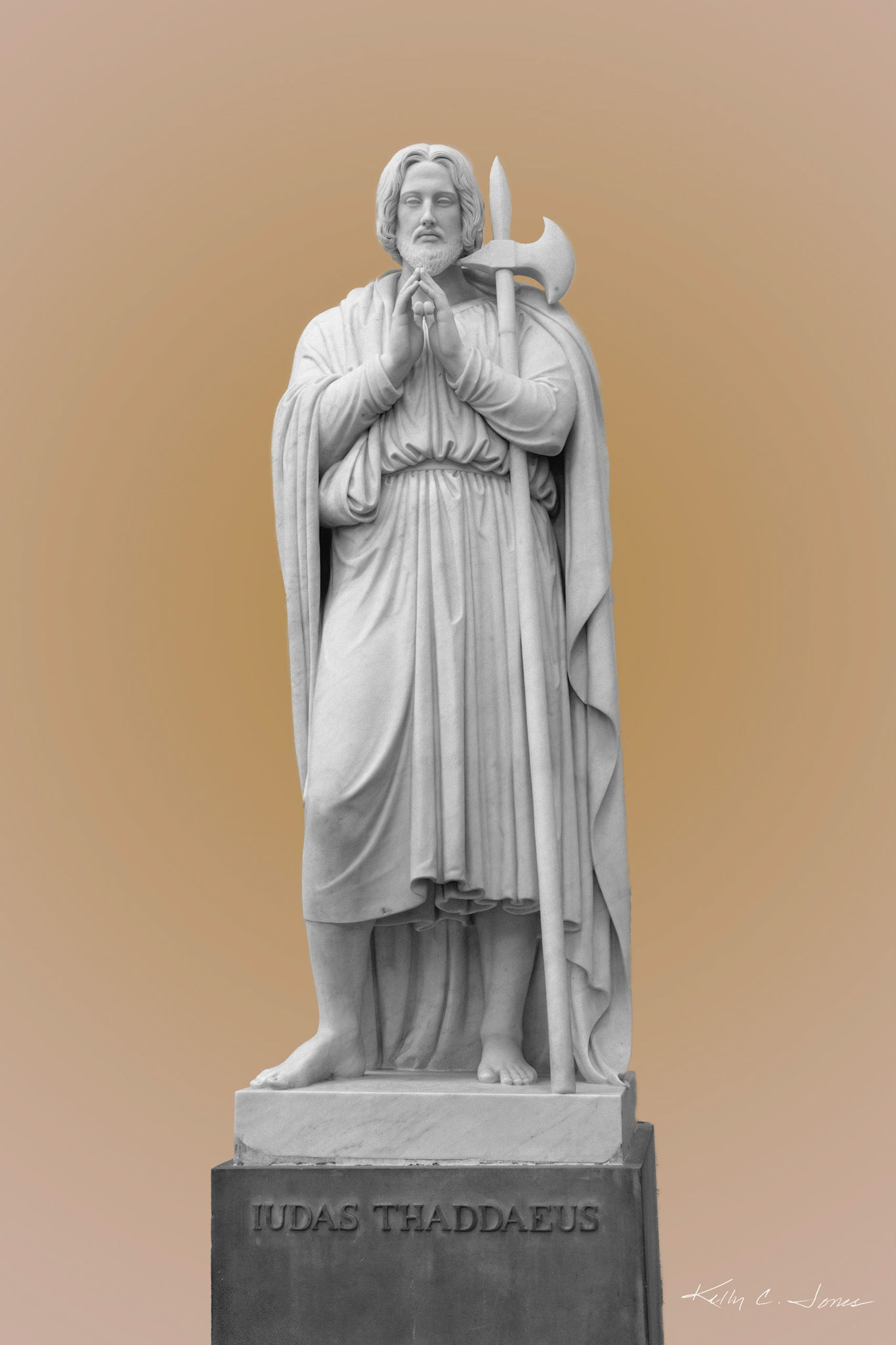
Credits for descriptions taken from http://cannundrum.blogspot.com
